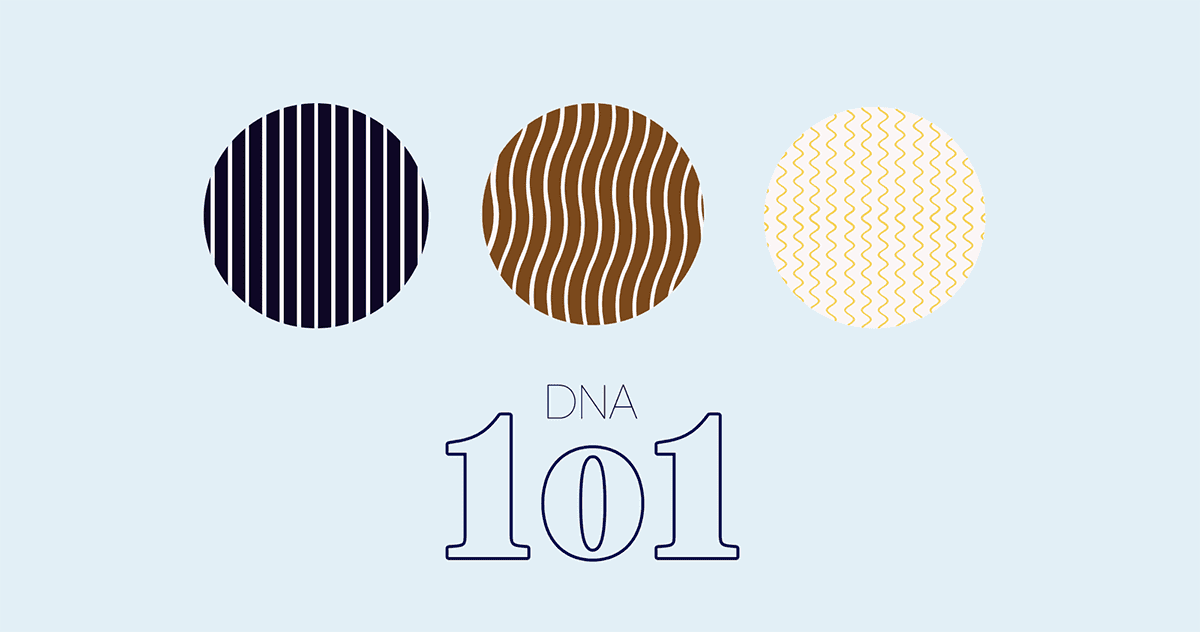What is an autosomal dominant trait?

Autosomal dominant is a term that describes one of several ways that traits—such as eye color, hair color, or even disease risk—are passed down from generation to generation (otherwise known as a pattern of inheritance). Every person inherits two sets of DNA, one set from their biological mother, and one set from their biological father. This means that you carry two copies of nearly every gene. What happens then if you inherit one copy of a gene that promotes brown hair, and another copy that promotes red hair? To answer this question, you have to know the inheritance pattern of the red hair trait. As it turns out, red hair tends to be an autosomal dominant trait. Let’s use this example to understand what “autosomal dominant” means in terms of your MyHealth: STEP ONE results.
An autosomal dominant pattern of inheritance means that inheriting a single copy of the variant in question is enough to elicit a given trait. There are many genes that contribute to our hair color. One of the most well known is referred to as MC1R. There are many versions of the MC1R gene, each differing slightly in the pattern of letters used to code for it. Some versions of it lead to red hair and these are autosomal dominant—meaning that if you inherit a brown hair version of MC1R and a red hair version of MC1R, you’re likely to exhibit some red hair.
Instead of looking at the red hair trait, MyHealth: STEP ONE looks at three separate traits: increased risk of having familial hypercholesterolemia, increased risk of developing hereditary breast and ovarian cancer syndrome, and increased risk of developing lynch syndrome. In examining your DNA, this test is looking for specific versions (or variants) of specific genes that are known to influence whether a person develops these conditions. Each of these variants are known to be inherited in an autosomal dominant pattern, meaning you only need to inherit one copy of it to have an increased risk for one of these conditions. You can learn more about inheritance patterns by reading the U.S. National Library of Medicine’s resources, or by talking with a genetic counselor.